I am laying in my bed. A man I have never seen approaches. Then, he puts down a few plastic sacks filled with something. Then he sits a baby (I think maybe 9 months to a year old) on the bed and walks away. She looks at me with big brown eyes, never blinking. I look at her look at me for maybe 10 minutes. I look strange to her, different from anyone she has probably seen. I think about saying something to her but am afraid the strange language will start her crying, or worse, crawling off the bed. We stare. Where is the man I assume was her father and why did he put her on my bed and leave without a word?
I boarded the sleeping bus to Phonsavan in Laos tonight
. I want to see the "Plain of Jars". There is not much known about the people that created the jars about 2500 years ago. Not much is known about the jars, for that matter. There are mammoth jars scattered all around the countryside in Phonsavan. Sometimes a few jars and sometimes there will be several hundred grouped together.
The jars were apparently carved from solid boulders of different sizes. There are hundreds of jars scattered over about a dozen different sites in the hills. Surrounding the jars area are large craters made by the American bombing during the Vietnam war. We visited three of the sites today.
Not much is known about the people that created the jars, or even what they were created for. The two main beliefs about the purpose for the jars are that they were cisterns to catch water. Caravans traveling across country could stop for water, especially needed in the dry seasons. The more popular belief is that they were funeral urns
. Ashes of the dead were placed in them.
But, no one really knows what the real purpose of all the jars were. If you ask a local I hear they will say at one time there was a race of Giants in the land. After the king of the Giants defeated their neighbors, he made the large jars to hold his wine.
America heavily bombed the area during the Vietnam war and much of Laos history was destroyed. Landmines and unexploded bombs are still scattered throughout the hills. Many people are still killed and maimed by stepping on unexploded bombs every year.
There are markers on the ground indicating the areas that have been cleared and are safe to walk through. The white side of the marker means the area has been cleared and the red side means it has not been cleared.
We stop at one place where bomb fragments are melted down by a local and made into jewelry and silverware
. It was something to watch him work, melting the bomb parts into liquid. I would have bought a set of the spoons, except for the fact I cannot add things to my backpack load.
The locals have 'made lemons into lemonade' by using the war remnants in their daily lives. Material from the bombs are used as building materials. Shells are used in business and home decorations in the town of Phonsavan, also called Xieng Khuang. As a matter of fact, this is the name on the sign welcoming you to town. That seems to happen a lot in these countries. When I am on the bus and looking for a town name on a sign so I know when to get off, often the town name is something different than what my map says. Sometimes the only way to know if I should get off the bus is to ask the locals riding the bus with me, if they speak English.
The busses here in Asia are full of surprises. The one from Chaing Rai, Thailand to the Laos border drove with the doors tied open
. Some local men sometimes would sit in the doorway and dangle their feet out the door as the bus traveled along. Busses may start 30 minutes or two hours late and arrive at the destination at any time. One was 4 hours late arriving that I took one time. They are overloaded with passengers, some sitting in the aisles, and large sacks of rice and things or live animals like chickens or pigs inside the bus.
This bus to Phonsavan left the station and about 10 minutes later, stopped to fill up with diesel. In America the busses are ready to go before the passengers get on.
Then, about 5 minutes later the bus stops at a roadside market. Local people began to get off the bus while all of us foreigners just sat still, not knowing what was going on. It was at this point that a man got on the bus and dropped the baby on my bed.
I have ridden sleeping busses many times. They always have three rows of beds, double stacked like bunk beds, with an aisle between each row of beds
.
This bus, though, has only two rows of beds. They are not much wider than the other beds. They are not full size beds by any means. They are barely the size of a twin bed.
I assumed this was my bed and as we left the station I was thinking it would not be a bad way to spend the night. After 15 or 20 minutes when the bus stopped at the market, though, I discovered these are beds for two people, not one. If you travel with a friend or partner, it is not a big problem, I guess. But, single passengers get paired with strangers to sleep with.
Asians are much more communal than westerners, so I guess it works for them. Apparently, the man with the baby will be my bed partner, and baby makes three. He sat the baby on the bed and left the bus.
Finally, the man returns and positions the baby between us. He had gone to shop for fruit and things in the market
. The baby keeps looking at me. I am wondering what will happen if she starts leaking during the night. I am sure they don't use rubber pants here. As a matter of fact, most boy babies up until about 4 or 5 years old don't wear pants at all. They are left nude from the waist down. The girl babies have on pants but not the boy babies.
Finally, the man lays the baby down to sleep. He falls to sleep but the baby does not. She throws her legs and arms over me, in a playful manner. I nudge her back. Laying on my side watching the baby all night, I do not sleep a wink. I will definitely get a sitting bus to go back to Vientiane.
The air was quite cold in this mountain town of Phonsavan. I stayed two days. While walking around the open market, I saw the first real evidence of what I think is animal cruelty. They had pigs for sale, I guess, in small bamboo cages. The pigs could only move their nose and their eyes. I looked close to see if they were alive, and yes they were
. I know they were kept like this all day. I only hope they were let out at night if they did not get sold. Chickens and roosters were also in tiny bamboo cages with no room to move and I did not see water for any of the animals. I don't see how they could drink the way they were caged.
When I was in Thailand, I thought the elephants in the camps I visited were treated very well. They were fed well and bathed every day.
The monkeys that did the tricks seemed to be treated good and I think animals probably enjoy having things to do rather than just sit in a cage pinned up all the time. I don't see it as animal cruelty at all, although some people seem to think so.
So, of all the animals I have seen and dealt with in Asia, these animals here are the first I would consider suffering. It was real sad to see these animals unable to move for hours and hours, with no water or food.
After two days in Phonsavan, I had seen what I wanted to see, (the Plain of Jars) and I booked a bus back to Vientiane
. Unfortanely, they had discontinued the sitting busses. The only choice is a sleeping bus. This time I got a bed partner that was way to big for our little bed. I sat up all night.
I thought about booking two beds, that way I could have it all to myself, but I could only get one bed. I guess it probably would not matter anyway. One time I bought two bus seats so I could carry my backpack on the bus with it sitting in the seat next to me, instead of putting it in the luggage space underneath the bus. I had reserved seats. However, they overcrowd the busses so much, they ended up putting someone in the seat where my backpack was sitting, anyway. Even though I had paid for two seats and had the tickets to show. I try to show my tickets with two seat numbers, but they ignore it and put a passenger in the seat anyway. I have to hold my backpack. It is an empty space and they are going to fill it. You just go with the flow with things like that here in SE Asia.
The Stranger in my Bed (Laos)
Thursday, December 12, 2013
 Phonsavan, Laos
Phonsavan, Laos
Other Entries
-
111The Land of the Rising Sun (Japan)
Oct 0469 days prior Shanghai, Chinaphoto_camera50videocam 1comment 0
Shanghai, Chinaphoto_camera50videocam 1comment 0 -
112Feeding the Dead (Cambodia)
Oct 0568 days prior Siem Reap, Cambodiaphoto_camera35videocam 3comment 0
Siem Reap, Cambodiaphoto_camera35videocam 3comment 0 -
113My Chair is Under Water (Cambodia)
Oct 1063 days prior Battambang Province, Cambodiaphoto_camera117videocam 3comment 0
Battambang Province, Cambodiaphoto_camera117videocam 3comment 0 -
114It's Not The Big Top (Cambodia)
Oct 2449 days prior Battambang Province, Cambodiaphoto_camera50videocam 4comment 0
Battambang Province, Cambodiaphoto_camera50videocam 4comment 0 -
115Who Stole My Sandals? (Cambodia)
Oct 2647 days prior Battambang Province, Cambodiaphoto_camera88videocam 1comment 0
Battambang Province, Cambodiaphoto_camera88videocam 1comment 0 -
116Fire In The Sky (Thailand)
Nov 1626 days prior Pattaya, Thailandphoto_camera60videocam 5comment 2
Pattaya, Thailandphoto_camera60videocam 5comment 2 -
117Happy Holidays (Vietnam)
Nov 2517 days prior Hanoi, Vietnamphoto_camera1videocam 0comment 0
Hanoi, Vietnamphoto_camera1videocam 0comment 0 -
118The Hands from Hell (Thailand)
Nov 2616 days prior Chiang Rai Province, Thailandphoto_camera91videocam 3comment 0
Chiang Rai Province, Thailandphoto_camera91videocam 3comment 0 -
119Black House Chiang Rai (Thailand)
Nov 2715 days prior Chiang Rai, Thailandphoto_camera199videocam 1comment 0
Chiang Rai, Thailandphoto_camera199videocam 1comment 0 -
120The Clock (Thailand)
Nov 2814 days prior Chiang Rai Province, Thailandphoto_camera58videocam 1comment 0
Chiang Rai Province, Thailandphoto_camera58videocam 1comment 0 -
121The Epic Journey (Laos)
Nov 2913 days prior Chiang Khong, Thailandphoto_camera70videocam 2comment 0
Chiang Khong, Thailandphoto_camera70videocam 2comment 0 -
122Shipwreck on the Mekong (Laos)
Nov 3012 days prior Huay Xai, Laosphoto_camera70videocam 4comment 2
Huay Xai, Laosphoto_camera70videocam 4comment 2 -
123Please Cover Your Body - (Laos)
Dec 0111 days prior Luang Prabang, Laosphoto_camera141videocam 0comment 0
Luang Prabang, Laosphoto_camera141videocam 0comment 0 -
124Discovering Luang Prabang (Laos)
Dec 0210 days prior Luang Prabang, Laosphoto_camera136videocam 0comment 0
Luang Prabang, Laosphoto_camera136videocam 0comment 0 -
125Waterfall on the Mekong (Laos)
Dec 039 days prior Luang Prabang, Laosphoto_camera57videocam 0comment 2
Luang Prabang, Laosphoto_camera57videocam 0comment 2 -
126Rudeness at Dawn (Laos)
Dec 048 days prior Luang Prabang, Laosphoto_camera104videocam 1comment 0
Luang Prabang, Laosphoto_camera104videocam 1comment 0 -
127The Vertical Runway (Laos)
Dec 102 days prior Vientiane, Laosphoto_camera110videocam 1comment 0
Vientiane, Laosphoto_camera110videocam 1comment 0 -
128The Stranger in my Bed (Laos)
Dec 12 Phonsavan, Laosphoto_camera129videocam 1comment 0
Phonsavan, Laosphoto_camera129videocam 1comment 0 -
129Detained by the Vietnamese Police (Vietnam)
Dec 164 days later Hanoi, Vietnamphoto_camera24videocam 0comment 0
Hanoi, Vietnamphoto_camera24videocam 0comment 0 -
130The Strangest Thing I Have Ever Heard (Vietnam)
Dec 186 days later Hanoi, Vietnamphoto_camera103videocam 1comment 0
Hanoi, Vietnamphoto_camera103videocam 1comment 0 -
131The Dead Man (Vietnam)
Dec 197 days later Hanoi, Vietnamphoto_camera103videocam 1comment 0
Hanoi, Vietnamphoto_camera103videocam 1comment 0 -
132Dresses on Display (Vietnam)
Dec 219 days later Hanoi, Vietnamphoto_camera101videocam 0comment 0
Hanoi, Vietnamphoto_camera101videocam 0comment 0 -
133Hanoi Disappears-Right Before My Eyes (Vietnam)
Dec 219 days later Hanoi, Vietnamphoto_camera80videocam 4comment 0
Hanoi, Vietnamphoto_camera80videocam 4comment 0 -
134The Dragon (Vietnam)
Dec 2513 days later Halong Bay, Vietnamphoto_camera150videocam 4comment 0
Halong Bay, Vietnamphoto_camera150videocam 4comment 0 -
135VN Military Museum (Vietnam)
Dec 2614 days later Hanoi, Vietnamphoto_camera69videocam 0comment 0
Hanoi, Vietnamphoto_camera69videocam 0comment 0 -
136Spell Bound On The Perfume River (Vietnam)
Dec 3119 days later Hue, Vietnamphoto_camera174videocam 0comment 0
Hue, Vietnamphoto_camera174videocam 0comment 0 -
137The French Alps (Vietnam)
Jan 0625 days later Dalat, Vietnamphoto_camera72videocam 0comment 0
Dalat, Vietnamphoto_camera72videocam 0comment 0 -
138Imagine Me . . in the Crazy House (Vietnam)
Jan 0928 days later Dalat, Vietnamphoto_camera112videocam 0comment 0
Dalat, Vietnamphoto_camera112videocam 0comment 0 -
139Let's Ride! (Vietnam)
Jan 1029 days later Dalat, Vietnamphoto_camera103videocam 1comment 0
Dalat, Vietnamphoto_camera103videocam 1comment 0 -
140The Glass Pagoda (Vietnam)
Jan 1130 days later Dalat, Vietnamphoto_camera68videocam 0comment 0
Dalat, Vietnamphoto_camera68videocam 0comment 0 -
141The Accident! (Cambodia)
Jan 1837 days later Siem Reap, Cambodiaphoto_camera93videocam 1comment 0
Siem Reap, Cambodiaphoto_camera93videocam 1comment 0 -
142How to Frighten Monsters (Cambodia)
Jan 2140 days later Battambang Province, Cambodiaphoto_camera88videocam 6comment 0
Battambang Province, Cambodiaphoto_camera88videocam 6comment 0 -
143I Get Into A Fight With Two Cambodians (Cambodia)
Feb 1262 days later Siem Reap, Cambodiaphoto_camera65videocam 15comment 0
Siem Reap, Cambodiaphoto_camera65videocam 15comment 0 -
144Cambodia Cultural Museum (Cambodia)
Feb 1363 days later Siem Reap, Cambodiaphoto_camera172videocam 2comment 0
Siem Reap, Cambodiaphoto_camera172videocam 2comment 0 -
145Shows of the Cambodia Culture Museum (Cambodia)
Feb 1464 days later Siem Reap, Cambodiaphoto_camera81videocam 18comment 0
Siem Reap, Cambodiaphoto_camera81videocam 18comment 0 -
146Back in the U.S.? (Malaysia)
Feb 1565 days later Kuala Lumpur, Malaysiaphoto_camera118videocam 15comment 0
Kuala Lumpur, Malaysiaphoto_camera118videocam 15comment 0

 Phonsavan, Laos
Phonsavan, Laos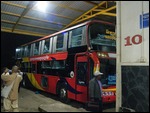
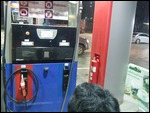
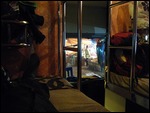

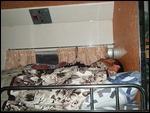
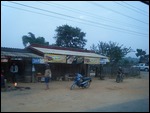
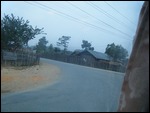
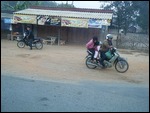






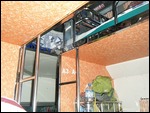
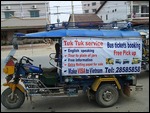
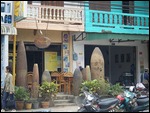
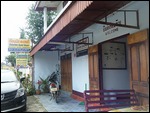
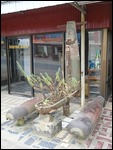
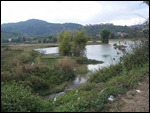
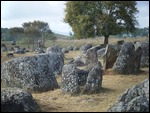
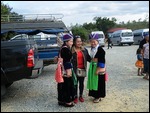
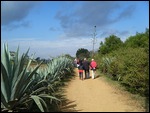

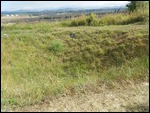
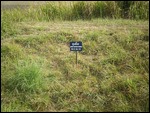

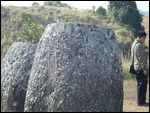
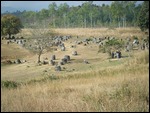
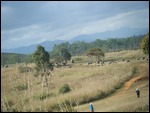
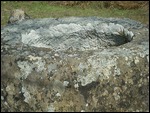
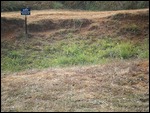
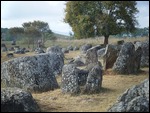
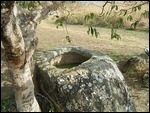
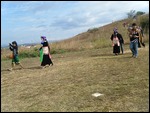
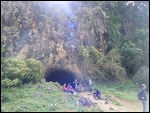


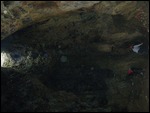
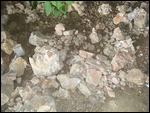
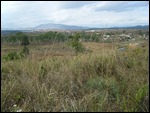
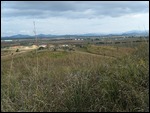
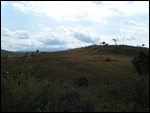
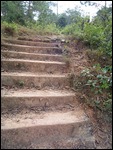
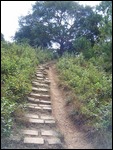
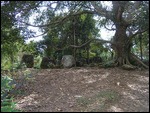

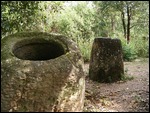
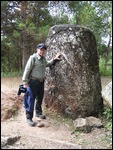
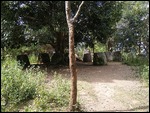
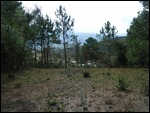
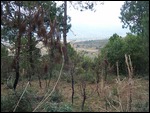
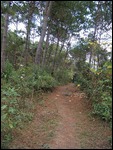
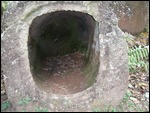
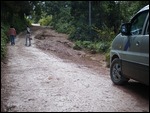
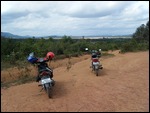
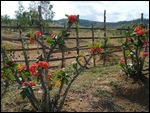

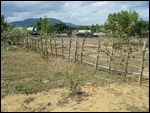
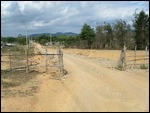
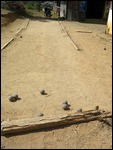
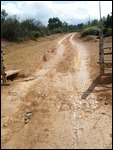
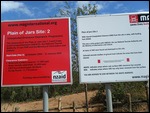
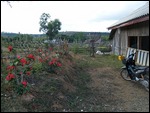
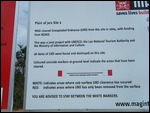
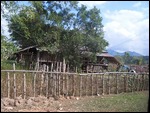
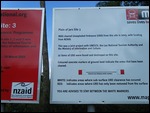
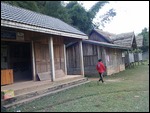
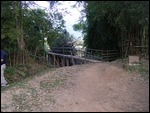
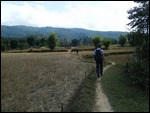
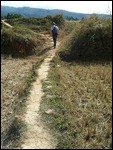
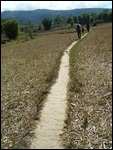
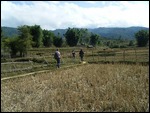
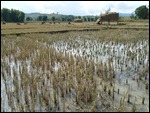
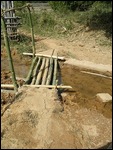

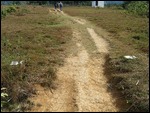
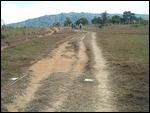
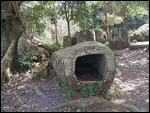
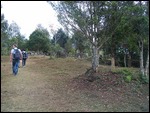
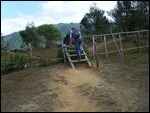
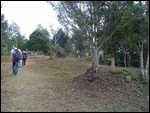
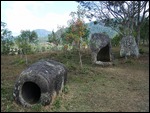
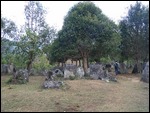
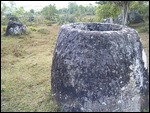
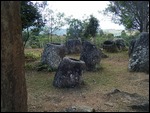
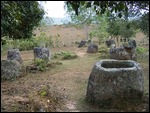
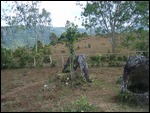
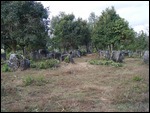
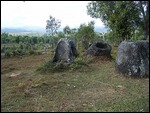
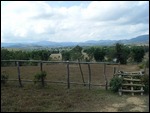
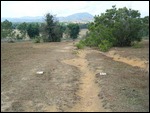
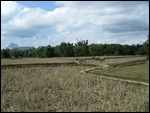
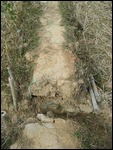
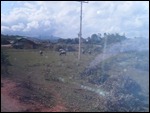
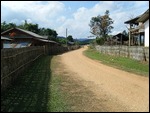
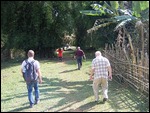

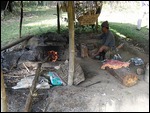
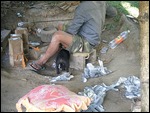
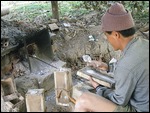
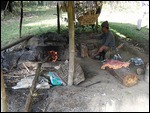
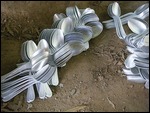
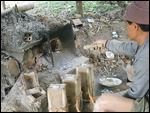
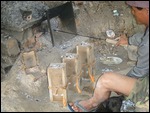
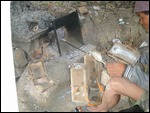

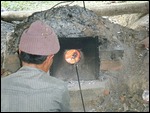
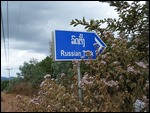
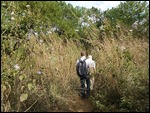
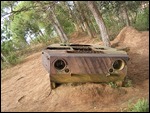
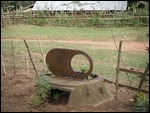
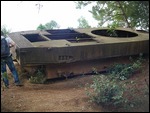
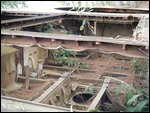
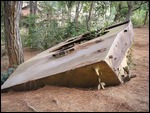

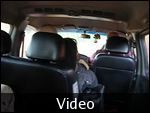
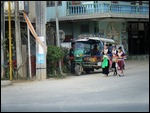
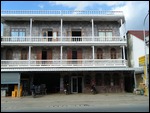
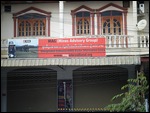
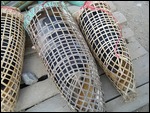
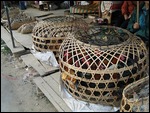
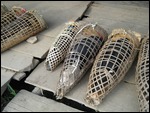
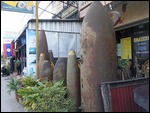

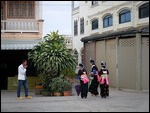

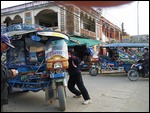
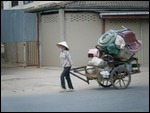
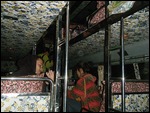
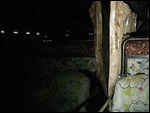
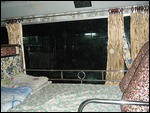
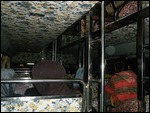
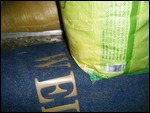
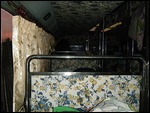
2025-05-23